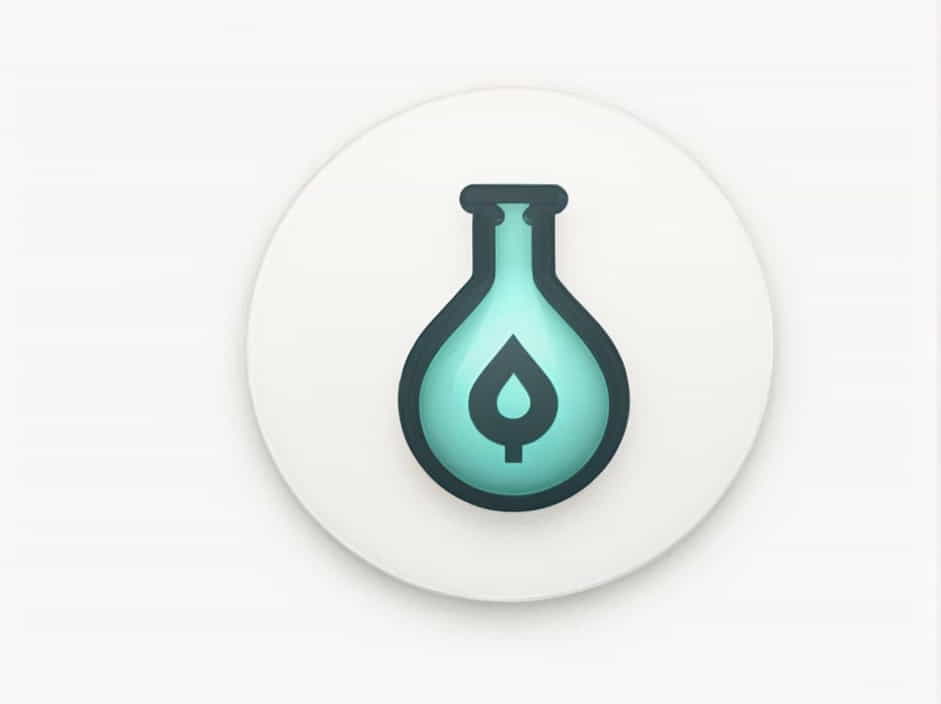N-ethyl phthalimide is an important organic compound derived from phthalimide, commonly used in synthetic chemistry. When subjected to hydrolysis, it breaks down into simpler molecules. Understanding the reaction mechanism, the products formed, and its applications is essential for chemists working in pharmaceuticals, polymer synthesis, and industrial chemistry.
In this topic, we will explore the hydrolysis of N-ethyl phthalimide, covering the reaction conditions, the expected products, and its significance in organic synthesis.
What is N-Ethyl Phthalimide?
Structure and Properties
N-ethyl phthalimide is a derivative of phthalimide, a cyclic imide with the formula C₈H₅NO₂. The ethyl group (-C₂H₅) is attached to the nitrogen atom, altering its reactivity.
Chemical Formula:
Physical and Chemical Properties
-
Molecular Weight: 175.18 g/mol
-
Appearance: White or off-white crystalline solid
-
Solubility: Slightly soluble in water, highly soluble in organic solvents
-
Stability: Stable under normal conditions but hydrolyzes in acidic or basic media
N-ethyl phthalimide is used in organic synthesis to introduce ethyl groups and as a precursor for other nitrogen-containing compounds.
Hydrolysis of N-Ethyl Phthalimide
Hydrolysis is the chemical breakdown of a compound using water. For N-ethyl phthalimide, hydrolysis occurs under acidic or basic conditions, leading to the formation of different products.
Reaction Conditions
-
Acidic Hydrolysis: Uses dilute HCl or H₂SO₄.
-
Basic Hydrolysis: Uses NaOH or KOH in water or alcohol.
-
Heat is required to speed up the reaction.
Reaction Mechanism
-
Nucleophilic Attack: Water or hydroxide ions attack the carbonyl carbon in the imide ring.
-
Ring Opening: The cyclic structure breaks, forming an intermediate.
-
Formation of Phthalic Acid and Ethylamine: The final products depend on reaction conditions.
Products of N-Ethyl Phthalimide Hydrolysis
The hydrolysis of N-ethyl phthalimide results in two main products:
1. Phthalic Acid (C₈H₆O₄)
-
Phthalic acid is a dicarboxylic acid.
-
It forms when the imide ring undergoes complete hydrolysis.
-
It is a key intermediate in the production of plasticizers, resins, and dyes.
Reaction:
2. Ethylamine (C₂H₅NH₂)
-
Ethylamine is a primary amine released when the nitrogen is separated from the imide structure.
-
It is highly volatile and soluble in water.
-
Used in the synthesis of pharmaceuticals, pesticides, and dyes.
Hydrolysis Under Different Conditions
The type of hydrolysis (acidic or basic) determines how the reaction progresses.
1. Acidic Hydrolysis
-
Uses dilute acids (HCl, H₂SO₄) and heat.
-
The imide ring is hydrolyzed into phthalic acid and ethylamine.
-
The reaction is slow but selective.
2. Basic Hydrolysis
-
Uses strong bases (NaOH, KOH).
-
Forms sodium phthalate (salt of phthalic acid) and ethylamine.
-
The salt is later acidified to obtain phthalic acid.
-
Reaction is faster than acidic hydrolysis.
Significance of Hydrolysis Products
The products of N-ethyl phthalimide hydrolysis are valuable in multiple industries:
1. Phthalic Acid in Polymer and Plastic Industry
-
Used in polyester resins and alkyd resins.
-
A precursor for plasticizers (e.g., phthalates).
-
Involved in the production of pharmaceuticals and dyes.
2. Ethylamine in Pharmaceutical Synthesis
-
Used in the manufacture of antibiotics and local anesthetics.
-
Precursor for agrochemicals (herbicides, fungicides).
-
Used in rubber production as an accelerator.
3. Industrial Applications
-
Hydrolysis reactions are used in waste treatment and chemical recycling.
-
Many imide derivatives undergo hydrolysis to yield useful carboxylic acids and amines.
Comparison with Other Phthalimide Derivatives
N-ethyl phthalimide is part of a broader family of phthalimide derivatives. Other examples include:
| Compound | Hydrolysis Products | Applications |
|---|---|---|
| Phthalimide (C₈H₅NO₂) | Phthalic acid + Ammonia (NH₃) | Organic synthesis, pharmaceuticals |
| N-Methyl Phthalimide | Phthalic acid + Methylamine (CH₃NH₂) | Polymer additives, agrochemicals |
| N-Phenyl Phthalimide | Phthalic acid + Aniline (C₆H₅NH₂) | Dye and pigment synthesis |
The hydrolysis behavior depends on the size and nature of the substituent (-R group) on nitrogen.
Experimental Procedure for Hydrolysis
If conducting N-ethyl phthalimide hydrolysis in a laboratory setting, follow these steps:
Materials Needed
-
N-ethyl phthalimide
-
Distilled water
-
Hydrochloric acid (HCl) or Sodium hydroxide (NaOH)
-
Heat source (water bath or reflux setup)
Procedure
-
Dissolve N-ethyl phthalimide in a small volume of ethanol or water.
-
Add acid (HCl) or base (NaOH) depending on the chosen method.
-
Heat the solution to accelerate hydrolysis.
-
Monitor the reaction (pH changes, gas evolution).
-
Cool and filter to isolate phthalic acid.
-
Extract ethylamine via distillation (if needed).
Expected Observations
-
Solution becomes clear as the imide ring opens.
-
A solid precipitate (phthalic acid) may form.
-
The presence of ethylamine can be detected by its fishy odor.
The hydrolysis of N-ethyl phthalimide is a significant reaction in organic chemistry, yielding phthalic acid and ethylamine. These products are widely used in the polymer, pharmaceutical, and chemical industries.
Understanding this reaction provides insight into amide and imide hydrolysis mechanisms, which play an essential role in biochemistry, materials science, and industrial chemistry.
By exploring different reaction conditions, mechanisms, and applications, chemists can utilize this reaction for efficient synthesis and industrial applications.
